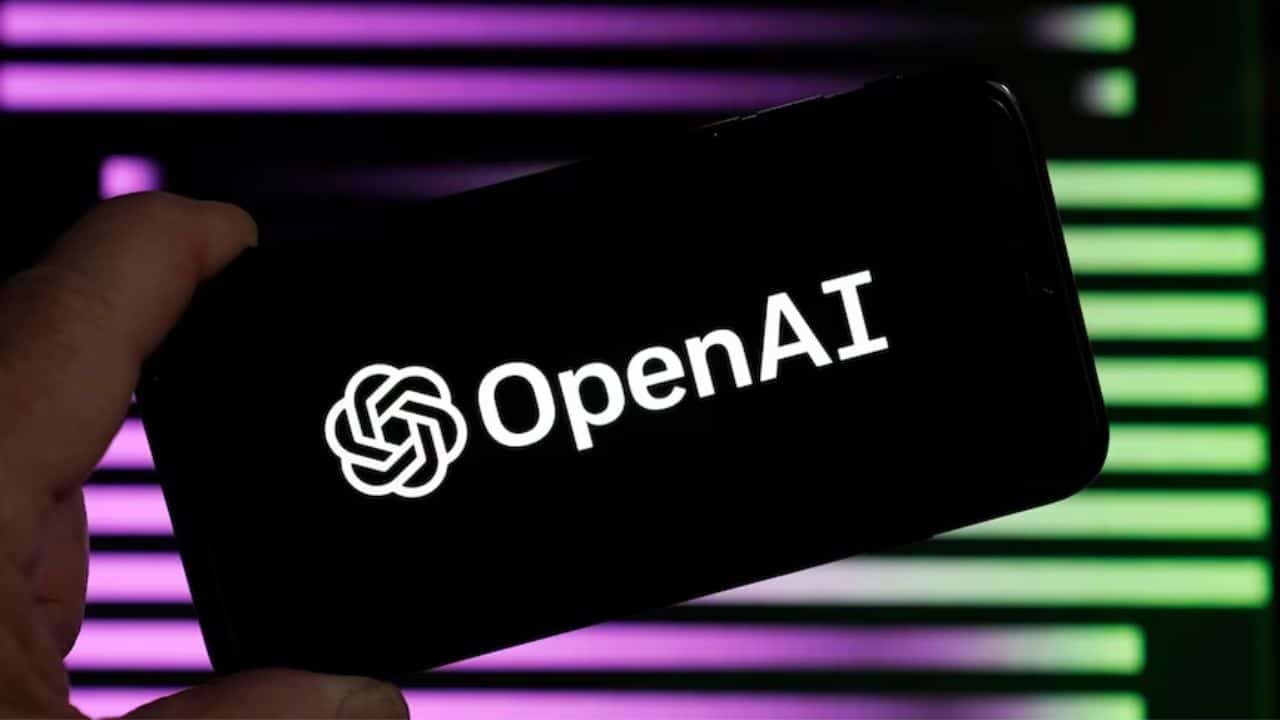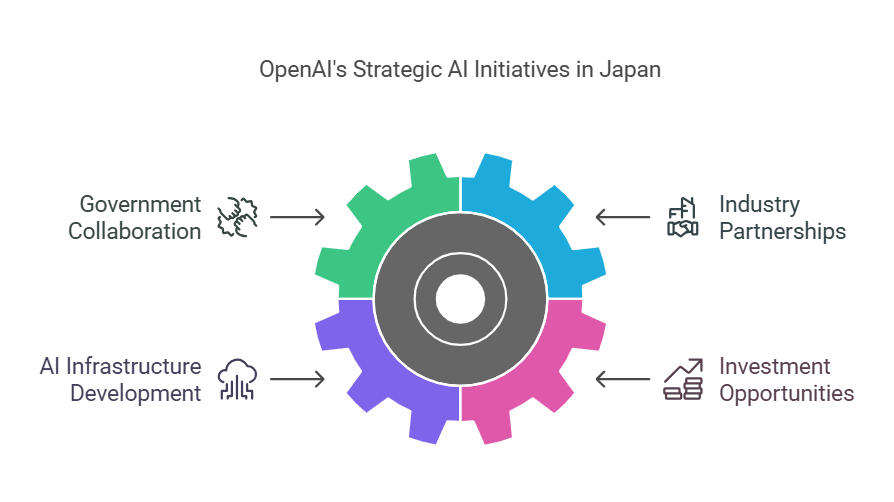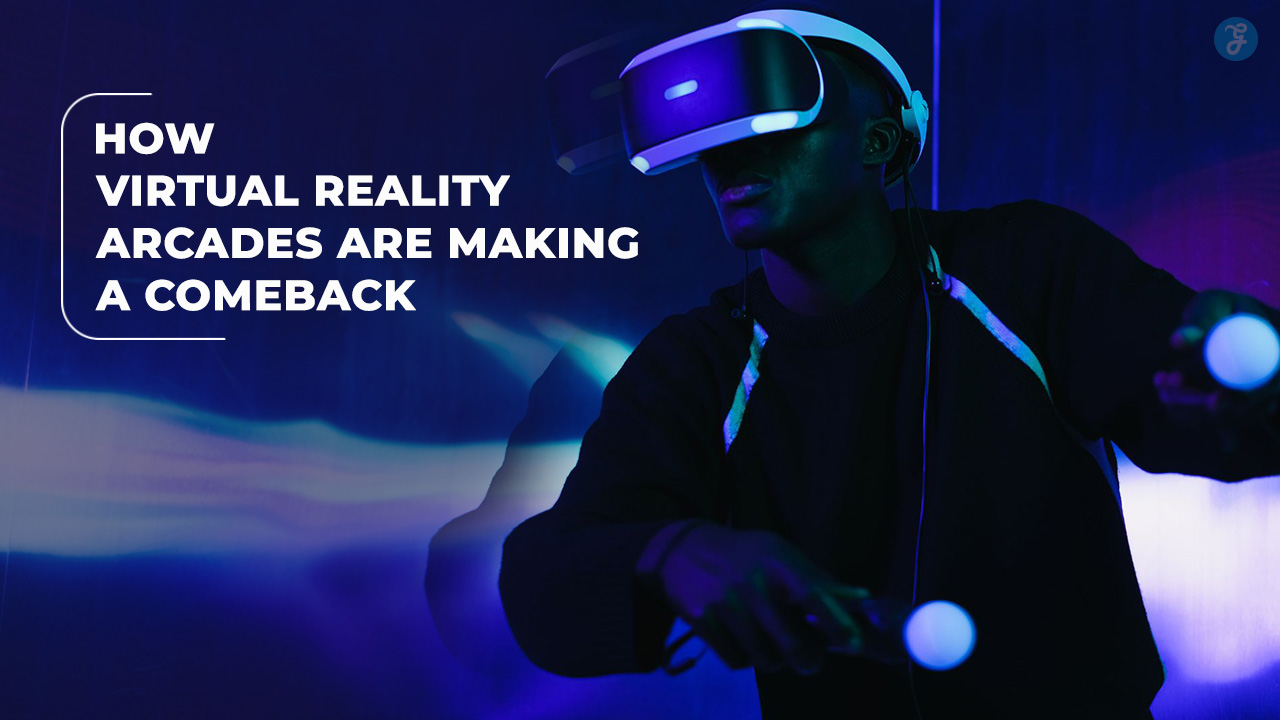OpenAI, the U.S.-based artificial intelligence powerhouse behind ChatGPT, has introduced a groundbreaking new AI tool called “deep research.” Announced on Monday, this tool is designed to perform complex research tasks at an advanced level, significantly reducing the time required to gather, analyze, and synthesize information from online sources.
The AI tool enables users to input a query, and within minutes, it autonomously browses the web, extracts data from multiple sources, and compiles a detailed report. According to OpenAI, “deep research” can accomplish in tens of minutes what would typically take a human analyst several hours. This innovation is set to transform industries such as journalism, academic research, and market analysis by automating deep fact-finding and report generation.
This development comes at a time when AI competition is intensifying, especially with China’s new AI model, DeepSeek, making waves in the tech industry. The launch of “deep research” signals OpenAI’s commitment to staying ahead in the AI race by continuously enhancing its products and functionalities.
Demonstration of ‘Deep Research’ in Action
During a live-streamed demonstration, OpenAI researchers illustrated the capabilities of the “deep research” tool by showing how it can analyze web data to generate informed recommendations. In this instance, the tool was asked to assist in selecting the best ski equipment for a trip to Japan. It quickly sifted through numerous online sources, compared product specifications, analyzed customer reviews, and delivered a well-structured report with insights and recommendations tailored to the user’s needs.
This demonstration highlights the efficiency of AI in handling research-intensive tasks, making information retrieval and synthesis significantly faster and more accurate. With its ability to scan, evaluate, and distill vast amounts of information, “deep research” aims to redefine how professionals conduct in-depth research in various sectors, including business, academia, and government policy-making.
Sam Altman’s Strategic Visit to Tokyo and High-Level Meetings
As part of OpenAI’s expansion strategy, CEO Sam Altman is currently in Tokyo for crucial discussions with key industry leaders and policymakers. He is scheduled to meet with Japan’s Prime Minister, Shigeru Ishiba, alongside Masayoshi Son, the founder and CEO of SoftBank Group, one of Japan’s leading technology investment firms.
The meetings are expected to focus on strengthening Japan’s AI infrastructure, fostering collaboration between OpenAI and Japanese technology firms, and exploring potential investments in AI-driven innovation. Reports suggest that these discussions could lead to large-scale projects, including the development of AI data centers and power plants designed to support energy-intensive AI applications. Although the specific financial details of these investments remain undisclosed, they are expected to be substantial given Japan’s increasing focus on AI and technology-driven growth.
SoftBank and OpenAI Partnership to Expand AI Services in Japan
As part of the visit, OpenAI and SoftBank have jointly announced the formation of a new company, SB OpenAI Japan. This joint venture, owned equally by both companies, aims to accelerate the development and adoption of AI-powered services in Japan. The first initiative under this partnership is a new AI service named “Cristal,” which is designed to assist businesses in streamlining various operations, including business planning, marketing, email communication, and even analyzing legacy code.
Initially, “Cristal” will be deployed within SoftBank-affiliated businesses, with plans to extend its reach to external companies over time. The goal is to provide AI-powered solutions that enhance productivity and efficiency across industries, reinforcing Japan’s position as a global leader in artificial intelligence applications.
The Rise of China’s DeepSeek and Growing AI Rivalry
While OpenAI continues to push the boundaries of AI innovation, competition from China is intensifying with the emergence of DeepSeek, a new AI model that has sparked significant interest in the tech world. DeepSeek has quickly gained attention due to its high performance and reportedly lower operational costs compared to Western AI models like ChatGPT.
DeepSeek’s latest model, named R1, is said to rival OpenAI’s ChatGPT in terms of capabilities while being developed at a fraction of the cost. This has triggered concerns within Silicon Valley, prompting U.S. developers to accelerate their AI advancements. Some industry analysts speculate that DeepSeek has reverse-engineered key aspects of ChatGPT’s technology, though no concrete evidence has been presented to substantiate these claims.
Industry Reactions and Future Implications
The success of DeepSeek has led to mixed reactions within the global AI community. Microsoft CEO Satya Nadella and OpenAI’s Sam Altman have publicly acknowledged DeepSeek’s impressive progress, with Altman describing it as “a good model that highlights the competitive nature of AI reasoning technology.” However, he also downplayed its impact, stating that its “capability level isn’t new.”
Meanwhile, other tech leaders, including Tesla and SpaceX CEO Elon Musk, have expressed skepticism regarding the long-term viability of DeepSeek’s success, questioning whether it can maintain its competitive edge without facing significant technological or regulatory challenges.
U.S. Government’s Response to China’s AI Advancements
Given the rapid advancements in Chinese AI technology, OpenAI has recently issued warnings that Chinese firms are actively attempting to replicate its advanced AI models. This has prompted increased collaboration between OpenAI and U.S. authorities to safeguard intellectual property and maintain the technological lead of American AI firms.
The U.S. government has been monitoring the AI race closely, recognizing the potential implications of China catching up in AI development. With AI now considered a critical component of national security and economic competitiveness, there are growing calls for policies that ensure U.S. companies maintain a leading edge in the field.
The Future of AI: What Comes Next?
Looking ahead, OpenAI is not only focused on AI software but also exploring new AI-driven hardware solutions. Sam Altman has revealed that OpenAI is working on “a new kind of hardware” in collaboration with Apple’s former Chief Design Officer Jony Ive. However, this project is still in its early stages, and a prototype is expected to take several years to develop.
Additionally, OpenAI and SoftBank’s recent initiatives in Japan indicate that AI development is shifting towards building robust infrastructure to support the growing demands of artificial intelligence. AI data centers, energy-efficient computing power, and more scalable AI solutions will be key focus areas in the coming years.
As OpenAI continues to push the boundaries of AI technology with new tools like “deep research,” and as competitors like DeepSeek intensify the race, the next decade is set to witness unprecedented advancements in AI capabilities. The ongoing developments will shape how businesses, governments, and individuals leverage AI to optimize decision-making, enhance productivity, and drive innovation globally.
OpenAI’s latest innovation, “deep research,” marks another major step in AI’s evolution, promising to transform the way research and analysis are conducted. At the same time, the rise of China’s DeepSeek underscores the escalating global AI competition, driving companies to innovate faster and more efficiently. With significant investments, high-profile collaborations, and government involvement, the AI landscape is set for rapid and transformative growth in the coming years.







































